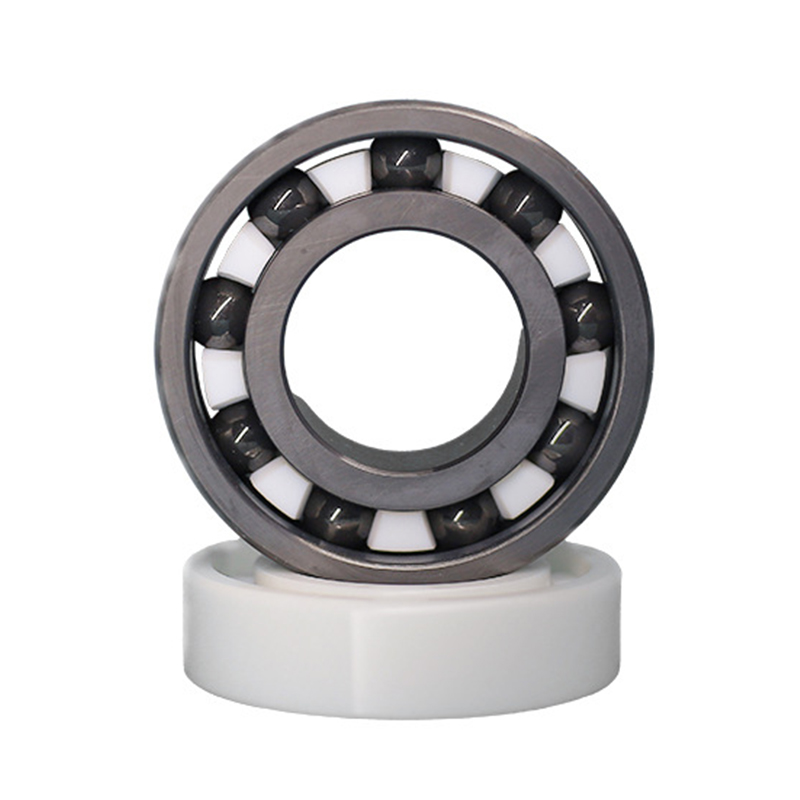Spherical vs. Cylindrical Roller Bearings: Understanding the Key Differences
Roller bearings are essential mechanical components that are widely used in various industrial applications. They help reduce friction between two surfaces and improve the overall efficiency and performance of the assembly or system. Roller bearings come in different styles, including cylindrical, spherical, and tapered roller bearings. Each one of them has its unique design and performance characteristics, making them suitable for specific types of applications.
In this article, we will focus on the differences between spherical and cylindrical roller bearings. We will explain their design and applications, and highlight the key factors that you should consider when selecting the right type of bearing for your project. Let''s dive in!
Spherical roller bearings have a unique design that allows them to accommodate both radial and axial loads. They are designed to have a spherical outer ring raceway and a double-row symmetric inner ring with barrel-shaped rollers. This configuration allows the bearing to articulate freely in all directions, making them suitable for applications where misalignment or shaft deflection is expected.
On the other hand, cylindrical roller bearings have a cylindrical shape and are capable of handling high radial loads. They have a single row of cylindrical rollers that run parallel to the bearing axis, and a flanged inner or outer ring that guides the roller assembly. Their design is suitable for applications where high radial loads are expected, such as machine tools, mining equipment, and rolling mills.
W208PPB6 Agriculture DISC Harrow Bearing
Load Capacity and Speeds
Spherical roller bearings have a higher load capacity than cylindrical roller bearings due to their unique design. They can handle both radial and axial loads, making them suitable for applications where heavy loads and misalignment are expected. They also have a higher speed rating than cylindrical roller bearings, as their design reduces the friction between the rollers and the raceways, allowing for smoother operation.
Cylindrical roller bearings, on the other hand, have a lower load capacity than spherical roller bearings but are ideal for applications where high radial loads are expected. They are also capable of handling high speeds, making them suitable for applications where rotational speed is critical.
Shaft Alignment
Spherical roller bearings are designed to accommodate shaft misalignment and deflection. Their spherical outer ring raceway allows the bearing to self-align, reducing the stress on the bearing and the shaft, and improving the overall performance and service life of the assembly.
Cylindrical roller bearings, on the other hand, require precise alignment between the shaft and the bearing housing. They are not designed to accommodate misalignment or deflection, which can cause excessive stress on the bearing and lead to premature failure.
Applications and Industries
Spherical roller bearings are commonly used in heavy-duty applications where misalignment, shock loads, and vibration are expected. They are commonly found in industrial gearboxes, vibratory screens, and mining equipment. They are also used in wind turbine generators because of their ability to handle high loads and misalignment.
Cylindrical roller bearings are commonly used in applications where high radial loads and moderate speeds are expected. They are commonly found in machine tools, electric motors, and pumps. They are also used in rolling mills and paper machines because of their ability to handle heavy radial loads.
Factors to Consider when Choosing a Roller Bearing
When selecting a roller bearing, there are several factors that you should consider, including:
1. Load capacity: Consider the expected load, both radial and axial, and select a bearing that can handle the load.
2. Speed: Consider the rotational speed of the assembly and select a bearing with a suitable speed rating.
3. Shaft alignment: Consider the expected shaft misalignment, and select a bearing that can accommodate the misalignment.
4. Environment: Consider the operating environment, such as temperature, humidity, and chemical exposure, and select a bearing that can withstand the conditions.
5. Cost: Consider the budget for the project, and select a bearing that provides the required performance within the budget.
Conclusion
In summary, there are several differences between spherical and cylindrical roller bearings. Spherical roller bearings are suitable for applications where misalignment and heavy loads are expected, while cylindrical roller bearings are ideal for applications where high radial loads are expected. When selecting a bearing, consider the load capacity, speed, shaft alignment, environment, and cost. By understanding the key differences between these two types of bearings, you can select the right one for your project and improve its overall efficiency and performance.
